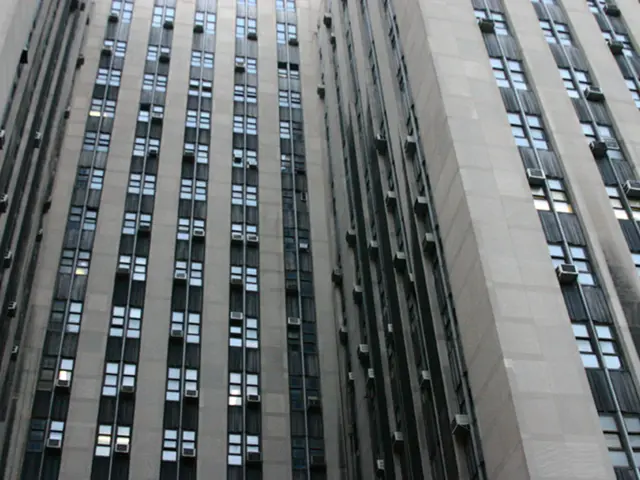Budget-priced GPUs sporting 8GB VRAM will supposedly become a financial snare in the year 2025
2025: The Growing Bottleneck of 8GB VRAM in Graphics Cards
In the rapidly evolving world of gaming and technology, a once common standard is now causing performance issues for many – the 8GB VRAM in graphics cards. Modern games and creative workloads are increasingly demanding more video memory than 8GB can provide, leading to stutters, crashes, and reduced graphical settings or resolution, even with sufficient GPU processing power.
The primary reasons for this bottleneck are the growing sizes of textures and assets in modern game engines, the increasing use of advanced features like ray tracing and AI upscaling, the demands of modern AI tasks and creative applications, and the marketing of budget or midrange GPUs with only 8GB VRAM.
For instance, the recently launched RTX 5060 struggles with long-term performance due to its 8GB VRAM, and the Nvidia RTX 5060 and 5060 Ti (8GB variants) may underperform in certain situations. High-end GPUs, on the other hand, come with 16GB to 32GB of VRAM, providing ample headroom for gaming at 4K, ray tracing, and heavy creative workflows without VRAM-related performance drops.
In 2025, a graphics card with at least 12GB of VRAM is recommended for a system to stay relevant for 3-4 years. Some better long-term performance options include the RTX 5060 Ti (16GB), RTX 5070 (12GB), RX 9060 XT (16GB), and some budget 7700 XT (12GB) models. However, older cards like AMD's RX 7600, 6600 XT, and 6650 XT still have 8GB VRAM and are widely available.
Esports titles like Valorant, League of Legends, and Counter-Strike 2 remain light on VRAM requirements and can run well on 8GB GPUs. There are still select scenarios where 8GB GPUs make sense, such as media-centric systems, small form factor builds, compact office PCs, budget-constrained builders, and hybrid workflows that rely on cloud services.
However, in most cases, buying a graphics card with 8GB of VRAM may lead to performance issues in modern games and certain creative workloads. As games like "The Last of Us Part I," "Hogwarts Legacy," and "Alan Wake 2" demand a lot of VRAM, especially at higher settings, it is advisable to consider a graphics card with more VRAM for an optimal gaming experience. For gamers who stick to 1080p resolution and play older or well-optimized games, 8GB cards can still deliver decent results.
In conclusion, while 8GB VRAM was once a midrange standard, in 2025 it increasingly limits gaming and productivity experiences, forcing compromises or premature GPU upgrades. It is essential to consider the VRAM capacity when choosing a graphics card to ensure a smooth and enjoyable gaming or creative experience.
- As the manufacturing industry advances, the demand for gadgets with high-performance technology, such as gaming graphics cards, continues to rise.
- The finance sector is observing an increasing trend of investments in the technology industry, driven by the need for more VRAM in graphics cards to cater to modern gaming and creative workloads.
- The sports industry could potentially benefit from the development of graphics cards with larger VRAM capacities, enhancing the visual experiences for esports viewers and reducing performance issues typically encountered in modern games.




